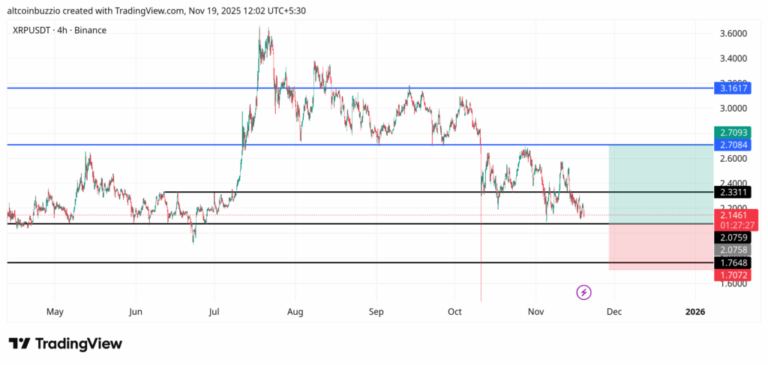
Today, moving across different layer 2 chains often feels clunky. Users face slow bridges, developers juggle many messaging tools, and there is always waiting involved.
The Ethereum Interop Layer aims to fix this by creating a system that lets you click once to swap across L2s and use funds from any chain. It also removes the need to switch networks. It promises the same security and censorship resistance you expect from Ethereum. Three major proposals are leading this change: ERC 7786, RIP 7859, and RIP 7755. Together, they could reshape how everyone uses Ethereum.
A New Messaging Standard for Developers and Users
ERC 7786 focuses on messaging, which is how blockchains talk to each other. Right now, developers have to write special code for every bridge they use. It is like having phones that cannot text each other without custom apps built for each phone model. This slows everything down. ERC 7786 creates a single way for all messaging systems to work together.
I listened to the Ethereum L2 interop work group call, where many interoperability developments were discussed.
ERC-7786, RIP-7859, and RIP-7755 are going to change how you use Ethereum forever.
Let’s explore how these proposals could unify Ethereum. 🧵/15 pic.twitter.com/yXpLWfgQG9
— zodomo.eth (🌍,💻) (@Zodomo) January 29, 2025
Once a developer writes one set of instructions, any compliant bridge can deliver the message. It is similar to how email standards let Gmail, Outlook, and every other provider talk seamlessly. This shift matches a growing trend in blockchain toward unified developer tools, a trend led by major ecosystems like Cosmos and Avalanche. The goal is simple: let builders create faster and safer apps without worrying about dozens of separate systems.
Ethereum introduces Ethereum Interop Layer
making Ethereum feel like one chain.
→ one click to swap across L2s
→ use funds from anywhere
→ no bridges, no network switching
→ same security & censorship resistance pic.twitter.com/4fivOnLTbI— rip.eth (@ripeth) November 18, 2025
RIP 7859 tackles a different problem. Ethereum’s L2 chains cannot easily verify what happens on other chains. This proposal lets each L2 keep track of recent information from the Ethereum mainnet and from other L2s. A contract on Optimism could check in real time whether something happened on Arbitrum without trusting a third party.
Trustless Actions Across L2s
This is important because it builds a trustless foundation for cross-chain apps. Recent research from the Ethereum Foundation shows that state verification is one of the biggest bottlenecks in scaling L2 networks, making this proposal a key step forward.
Near term Roadmap for L2 interop
don’t fade ethereum pic.twitter.com/jgsb9lRpzd
— Uttam 🇦🇷 (@uttam_singhk) March 22, 2025
RIP 7755 completes the picture. It creates a standard way for users to request actions on another chain and reward anyone who completes the request correctly. Imagine wanting to swap tokens on Arbitrum while your funds sit on Optimism. Instead of bridging tokens, you make a request and set a reward. A solver completes the trade, proves it was done, and gets paid.
Disclaimer
The information provided by Altcoin Buzz is not financial advice. It is intended solely for educational, entertainment, and informational purposes. Any opinions or strategies shared are those of the writer/reviewers, and their risk tolerance may differ from yours. We are not liable for any losses you may incur from investments related to the information given. Bitcoin and other cryptocurrencies are high-risk assets; therefore, conduct thorough due diligence. Copyright Altcoin Buzz Pte Ltd.
The post Ethereum Launches Unified Interop Layer for Seamless L2 Use appeared first on Altcoin Buzz.




